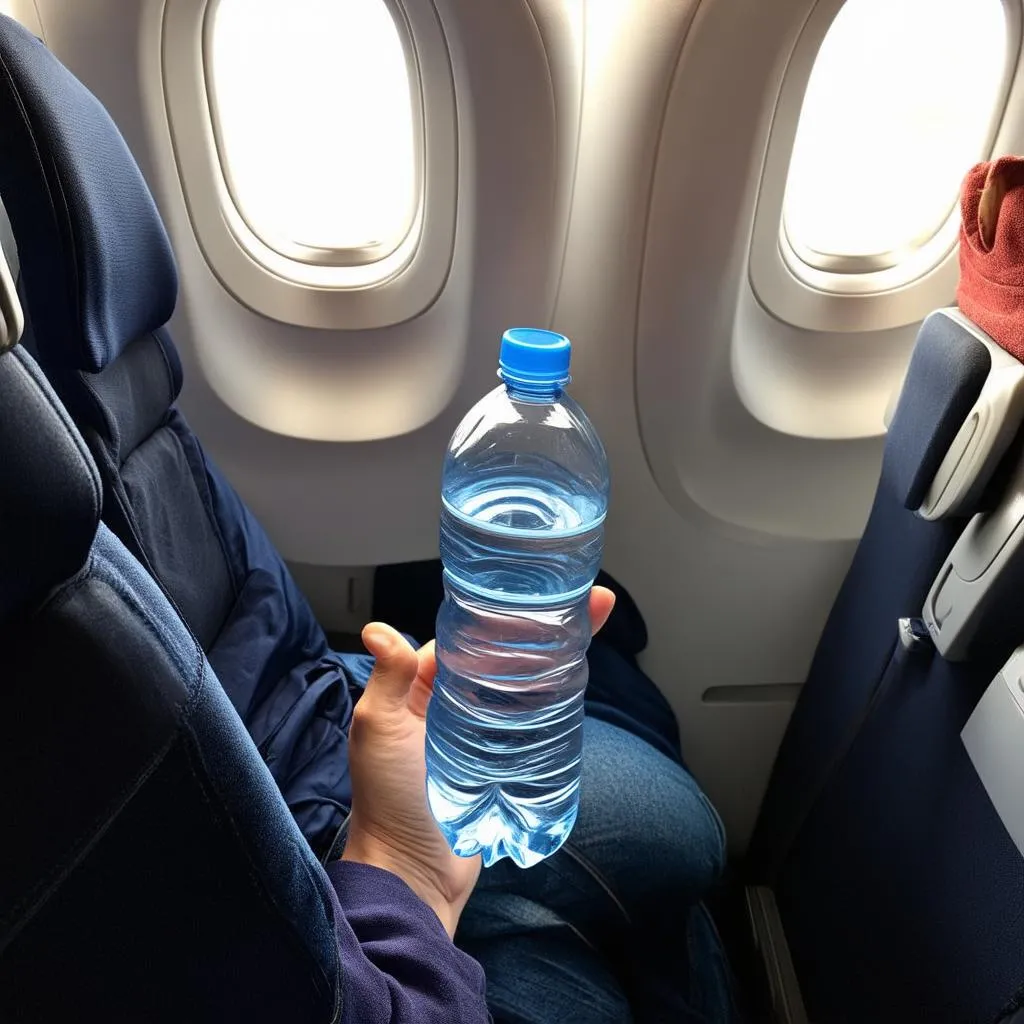Ever hopped off a plane, excited to explore a new city, only to be hit with that dreaded bloated feeling? You’re not alone! “Traveler’s constipation” is a real thing.
Imagine this: You’re strolling through the bustling streets of Bangkok, mesmerized by the vibrant street food scene. But instead of savoring every bite of Pad Thai, you’re battling stomach cramps. That’s the unfortunate reality for many travelers.
But why does this happen? Let’s unpack the reasons behind travel-related constipation and, most importantly, how you can prevent it from cramping your style on your next adventure.
Why Traveling Can Throw Your Gut Out of Whack
Our bodies thrive on routine, and that includes our digestive systems. Traveling often disrupts this delicate balance in several ways:
1. Dehydration: The Frequent Flyer’s Foe
Air travel, especially, can dehydrate you faster than you can say “passport control.” The low humidity in airplane cabins and the diuretic effect of alcohol and caffeine can quickly lead to dehydration, a major culprit behind constipation.
2. Dietary Changes: From Pho to Faux Pas
Traveling often means indulging in new and exciting foods (hello, Parisian pastries!). While delicious, these dietary shifts can disrupt the balance of good bacteria in your gut, leading to constipation.
3. Schedule Disruptions: Time Zones and Toilet Troubles
Our bodies operate on an internal clock, and jet lag can throw it off kilter. This includes your bowel movements. Add to that the inconvenience of unfamiliar bathrooms and holding it in during long journeys, and you’ve got a recipe for constipation.
4. Stress: Don’t Let It Get to Your Gut
Let’s face it, traveling, while exciting, can also be stressful. Packing, navigating unfamiliar places, and even the sheer excitement of it all can trigger the release of stress hormones that can slow down digestion.
 dehydrated traveler
dehydrated traveler
How to Keep Things Moving (Smoothly) While You Travel
Don’t let constipation put a damper on your travel fun. Here are some tried-and-tested tips to keep things moving:
1. Hydration is Key: Drink Up, Buttercup!
- Drink plenty of water throughout your journey, especially when flying.
- Carry a reusable water bottle and refill it whenever possible.
- Limit your intake of alcohol and caffeine, which can dehydrate you.
2. Fiber is Your Friend: Load Up on the Good Stuff!
- Eat plenty of fruits, vegetables, and whole grains, which are all excellent sources of fiber.
- Pack your own snacks like trail mix, dried fruit, and nuts.
- Look for high-fiber options on restaurant menus.
3. Stick to a Schedule (As Much as Possible):
- Try to maintain a regular sleep schedule, even if it means adjusting to a new time zone gradually.
- Don’t ignore the urge to go! Find a bathroom whenever you feel the need.
4. Manage Stress: Relax and Enjoy the Ride
- Incorporate relaxation techniques into your trip, like deep breathing exercises or meditation.
- Don’t overschedule yourself. Build in some downtime to relax and de-stress.
 woman eating fruit
woman eating fruit
FAQs: Your Travel Constipation Questions Answered
Q: I’m already constipated. What can I do?
A: Don’t worry, it happens! Try these tips:
- Increase your fluid intake even more.
- Consider a gentle over-the-counter laxative if needed (consult your doctor first).
- Try some light exercise like walking to stimulate bowel movements.
For more tips on how to avoid constipation while traveling, check out this helpful article: How to Avoid Constipation While Traveling
Travel With Confidence (and a Happy Gut!)
Remember, a little planning and self-care can go a long way in preventing constipation from putting a kink in your travel plans. By staying hydrated, eating a fiber-rich diet, managing stress, and listening to your body, you can enjoy smooth travels from start to finish.
And if you’re looking for more travel tips and inspiration, be sure to check out travelcar.edu.vn.
